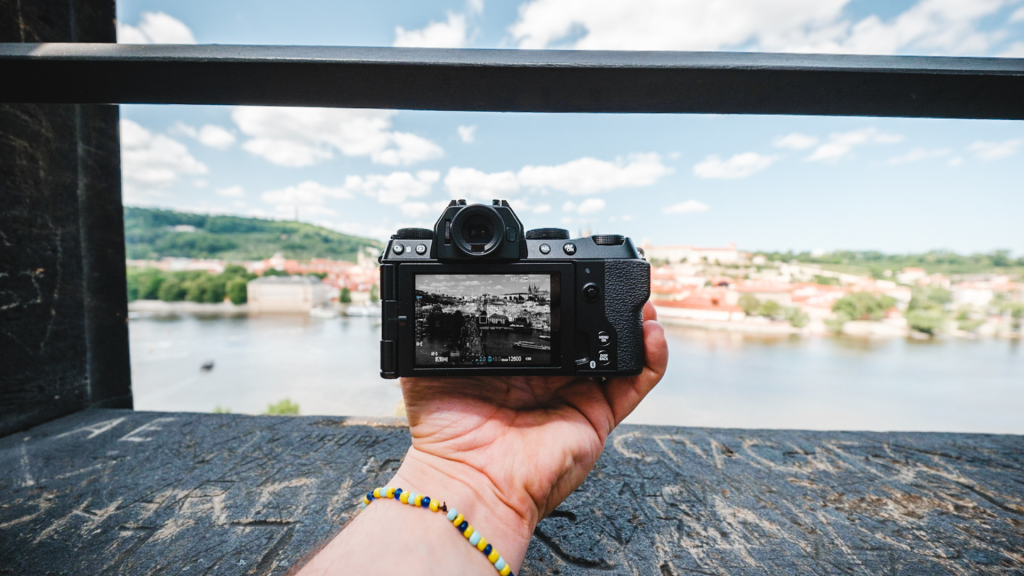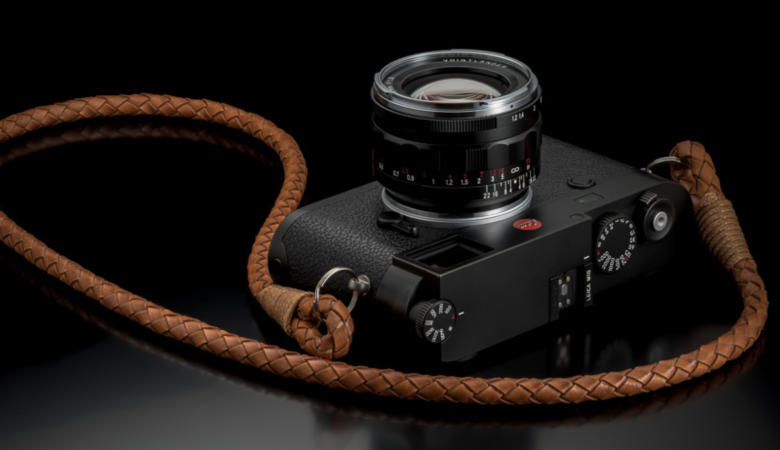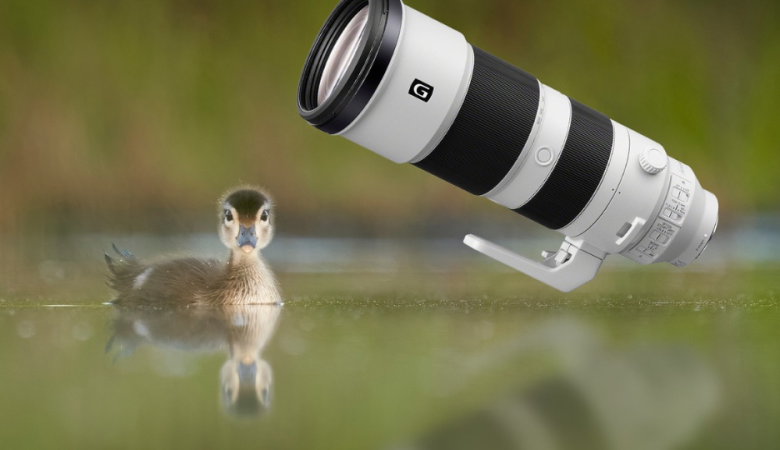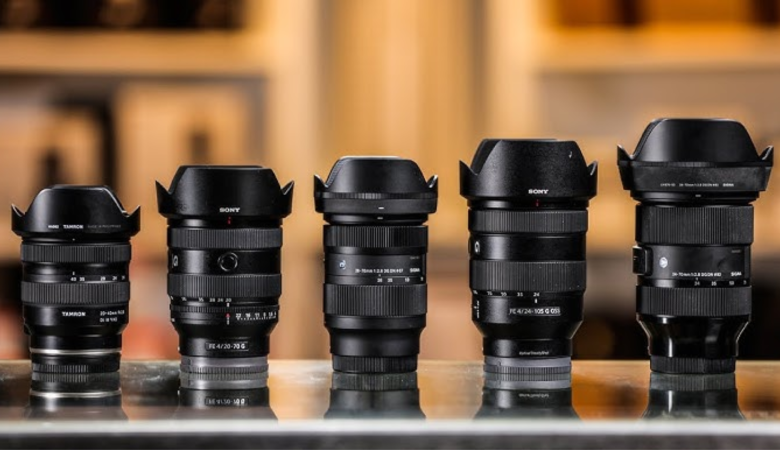Finding a camera that works for both photos and videos without costing a fortune can feel like searching for a unicorn. Most affordable cameras fall short on features, while high-end ones can empty your bank account. This problem hits content creators particularly hard.
The Fujifilm X-S20 might be the solution you need. This mid-range marvel packs professional capabilities into a compact body at a fair price point.
In this blog, I’ll show you exactly what makes the X-S20 stand out from the crowd. We’ll look at its main features, image quality, handling, and who will get the most value from it.
I’m ready to share my Fujifilm X-S20 review. By the end, you’ll know if this camera deserves a spot in your gear bag.
Key Features and First Impressions of Fujifilm X-S20
Finding a camera that works for both photos and videos without costing a fortune can feel like searching for a unicorn. Most affordable cameras fall short on features, while high-end ones can empty your bank account.
1. Image Quality
The X-S20 produces stunning photos with rich colors and sharp details right out of the box. It’s a 26MP X-Trans sensor that captures fine textures and handles low light with minimal noise. Colors look true to life but with that special Fuji touch.
2. Video Performance
4K video at 60fps gives smooth footage with the same lovely colors as the photos. The camera includes 10-bit recording and F-Log for more editing options later. Built-in stabilization makes handheld shots look much steadier.
3. Body Design
The grip feels solid and comfortable, even during long shoots. Buttons fall easily under your fingers, and the flip-out screen helps with both high, low, and selfie angles. The whole package stays light enough for all-day use.
4. Battery Life
One battery lasted me through a full day of mixed shooting. The official rating is 750 shots per charge, but real-world use varies. Fast charging means less downtime, and spare batteries are small enough to carry several.
5. Autofocus System
Subject tracking works impressively well, keeping focus on faces and eyes as they move across the frame. The system feels quick and sure, rarely hunting or missing focus in good light. It handles dim conditions better than expected.
6. Film Simulations
The built-in looks give your photos instant character without editing. Classic Chrome creates moody street shots, while Velvia makes landscapes pop. These settings save time and help maintain a consistent look across projects.
7. Menu System
Fuji’s menus make sense and don’t hide important settings in obscure places. The quick menu brings common adjustments to the surface with just one button. Touch controls feel fast and work well with the logical layout.
In-Depth: Fujifilm X-S20 Review
The Fujifilm X-S20 stands out as a versatile hybrid camera, appealing to both photographers and content creators. Its compact size, robust image and video capabilities, and thoughtful design upgrades make it a compelling choice in the mid-range segment.
Here’s my full Fujifilm X-S20 review.
1. Image and Video Quality
The X-S20 delivers excellent image quality with its 26.1MP X-Trans CMOS 4 sensor and X-Processor 5. Photos are crisp, with vibrant colors and impressive range. Video performance is equally strong, supporting 6.2K open gate and 4K/60p 10-bit recording, making it suitable for both casual and professional content creation.
2. Autofocus Performance
Autofocus is fast and reliable, especially with face and subject detection enabled. While not flawless, it’s accurate for most scenarios, and customization options like AF-ON and focus peaking help fine-tune performance. Tracking moving subjects is decent, though not class-leading, especially in challenging conditions.
3. Battery Life
Battery life is solid for a mirrorless camera in this class. I can comfortably shoot for extended periods, whether capturing photos or recording long video sessions. The camera supports USB-C charging and can be powered externally, which is handy for travel or studio work.
4. In-Body Image Stabilization (IBIS)
The seven stops of IBIS are a game-changer, significantly reducing shake for handheld shooting. It’s especially effective for video, providing smooth footage even without a gimbal. While some minor shaking remains in extreme situations, the stabilization is among the best at this price point.
5. Build Quality and Design
The X-S20 feels robust yet lightweight, making it great for travel. Its ergonomic grip and intuitive button layout enhance comfort and usability. The fully articulating touchscreen and pop-up flash add flexibility, though the single SD card slot may be limiting for some users
6. User Interface and Controls
The user interface is straightforward, with customizable dials and a dedicated Vlog mode for quick access. The touchscreen is responsive, and the Q and ISO buttons near the shutter make adjustments easy while shooting. New users may need time to adapt, but overall control is efficient.
7. Range and Low-Light Performance
This range is impressive, capturing detail in both highlights and shadows. Low-light performance is good, with manageable noise up to moderate ISO levels. However, noise becomes noticeable at higher ISOs, particularly in video, though stills retain decent quality
8. Value for Money
For its feature set, the X-S20 offers excellent value. It combines advanced video specs, strong stills performance, and practical design in a compact body. Ideal for hybrid creators, it competes well against pricier rivals, making it a smart investment for enthusiasts and professionals alike.
Comparison: Fujifilm X-S20 vs. Other Midrange Cameras
If you’re in the market for a reliable midrange camera, the Fujifilm X-S20 stands out for its vlogging features, in-body stabilization, and compact design.
But how does it compare to other competitors like the Sony ZV-E10, Canon EOS R50, and Nikon Z50?
Comparison Table: Fujifilm X-S20 vs. Other Midrange Cameras
If you’re in the market for a reliable midrange camera, the Fujifilm X-S20 stands out for its vlogging features, in-body stabilization, and compact design. But how does it compare to other competitors like the Sony ZV-E10, Canon EOS R50, and Nikon Z50?
After Fujifilm X-S20 review, let’s compare it to other mid range cameras
| Feature | Fujifilm X-S20 | Sony ZV-E10 | Canon EOS R50 | Nikon Z50 |
|---|---|---|---|---|
| Sensor & Resolution | 26.1MP APS-C X-Trans CMOS 4 | 24.2MP APS-C CMOS | 24.2MP APS-C CMOS | 20.9MP APS-C CMOS |
| Video Capabilities | 6.2K/30p, 4K/60p | 4K/30p | 4K/30p | 4K/30p |
| In-Body Stabilization | Yes (IBIS, 7 stops) | No | No | No |
| Autofocus System | Hybrid AF with Subject Detection | Real-time Eye AF | Dual Pixel CMOS AF II | Eye-detection AF |
| Battery Life | Approx. 750 shots (CIPA) | Approx. 440 shots | Approx. 370 shots | Approx. 320 shots |
Who Should Buy the Fujifilm X-S20?
The X-S20 is perfect for content creators who need both photo and video capabilities without switching gear. Vloggers will love the flip screen and face tracking.
Travel photographers will appreciate its lightweight and strong battery life. Street shooters will enjoy its quick startup and quiet operation.
Hobbyists looking to step up from smartphones will find the interface user-friendly. Wedding or event photographers seeking a reliable backup camera should consider it, too.
It’s not for pro sports photographers who need blazing fast burst rates, or landscape specialists who require the highest resolution. For most creators, though, it hits the sweet spot.
The Bottom Line
I hope this Fujifilm X-S20 review helped you understand that it is a solid mid-range option in today’s camera market. It brings together excellent image quality, strong video features, and smart design choices in one package.
What makes this camera special is how it balances cost with capability. You get most of what high-end models offer without the eye-watering price tag.
For content creators who want to focus on making great work instead of fighting with complex equipment, the X-S20 makes a lot of sense. Its intuitive controls and all-in-one approach let you focus on creativity.
The X-S20 gives you room to grow as a photographer or videographer without needing to replace your gear every few months. That’s what makes it a smart investment for serious creators.









Leave a Reply